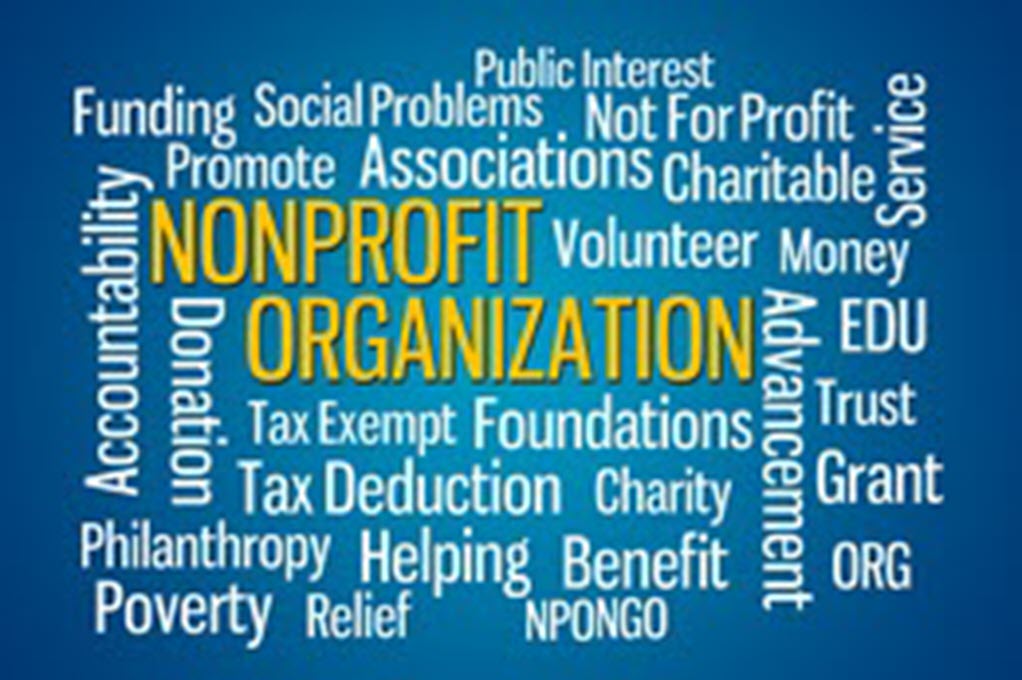Which of these two directions makes most sense often depends on issues that go to the heart of your organization’s history, structure, and mission. If your organization is one of many currently wrestling with the decision of “spend down” versus “perpetuity”, here are a few questions to consider
What was the intent of the organization’s founding donor? How explicit or restrictive was the original charter in terms of spelling out a long-term charitable intent and spending policy? Do any of the original trustees remain involved? What about current family involvement? What flexibility was provided to successive organizational leadership? To what extent have the focus and activities of the organization shifted over time?
What is the nature of the organization’s mission? What is the scope and complexity of the problems that they are trying to solve? Is there a window of opportunity to consider? For instance, spending policy may differ when addressing a more immediate issue like climate change as opposed to broader issues such as education, health care, and the arts.
What is the current economic and social backdrop, and how do those conditions affect the constituencies targeted by the organization? Similarly, how does the current social or political environment impact the areas an organization is trying to serve? In times of crisis or downturn in a targeted region, has it been the organization’s history to increase the level and discretion of their grantmaking or, conversely, to reduce spending to preserve already diminished resources for future generations?
What are the other resources available to an institution? Is there an expectation for additional contributions to an endowment? What about fundraising and alternative sources of income? What about federal or state government support?
For family foundations, what are the involvement and goals of younger generations? How do they view the foundation and its mission against their own philanthropic priorities? Do they see the foundation as an important tool for family bonding, learning, and engagement, as well as preserving an ancestor’s charitable intent?
What are the organizational ramifications in shifting from a perpetual to a time-limited model? What time horizon is envisioned for complete spend down? How do you retain key employees during this period? How might this change impact philanthropic priorities for the organization? What expertise is needed to ensure a smooth transition in operations?
Are there other philanthropic organizations that share your mission? Will partner grantors and others continue your work after you have spent down your assets and ceased operations?
There is no “one size fits all” model for evaluating the appropriateness, degree, and benefits of a spend-down commitment. Discussion on this issue is unique to the legacy and mission of each organization. Nonetheless, the questions posed above can serve as a good starting point in engendering dialogue on what would likely represent a momentous shift in organizational direction.




















